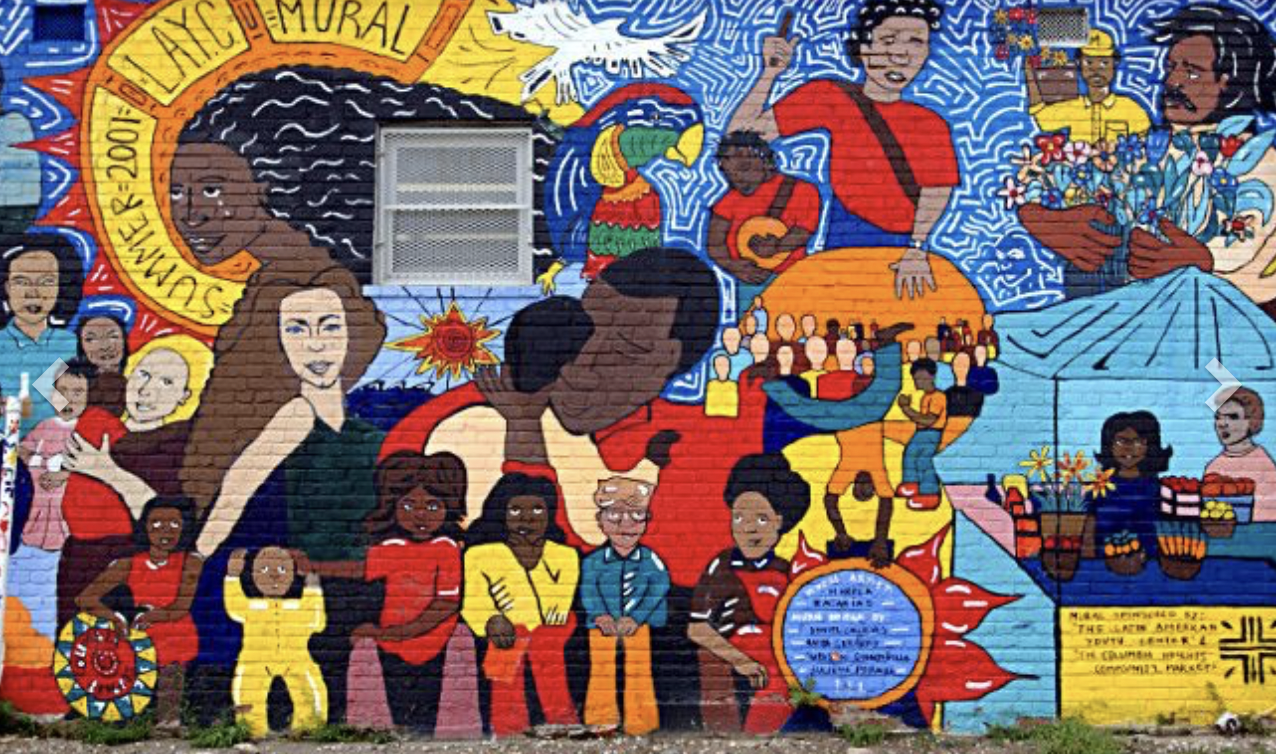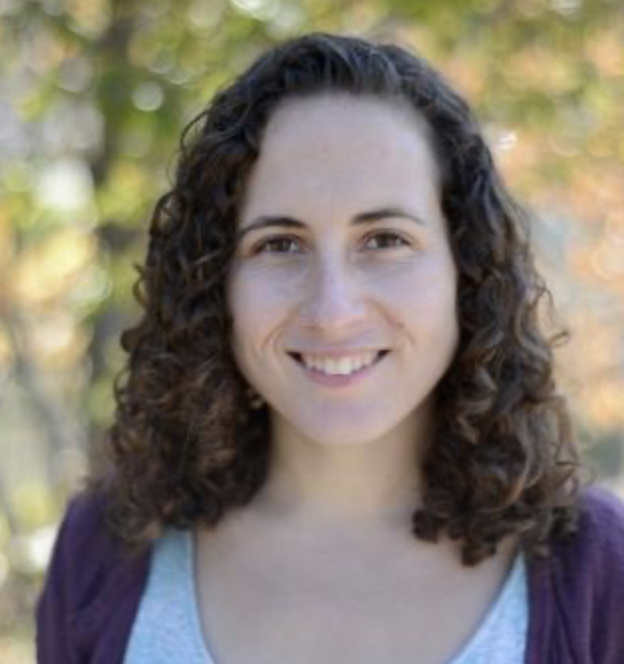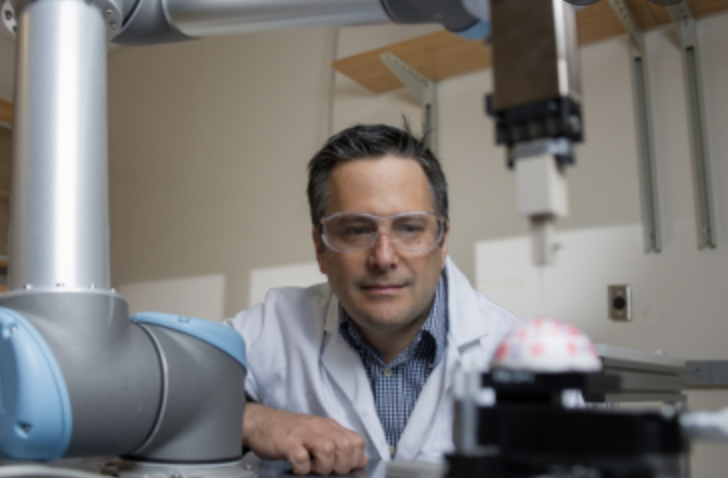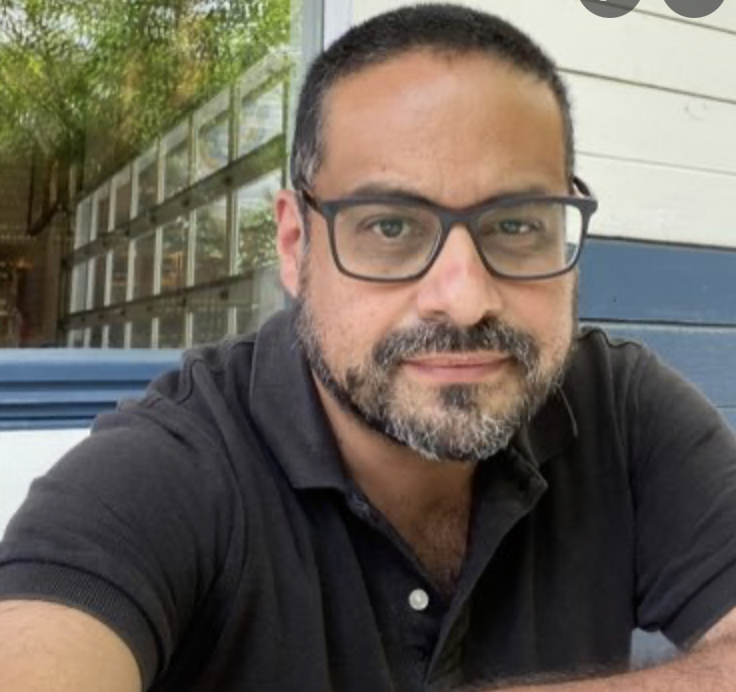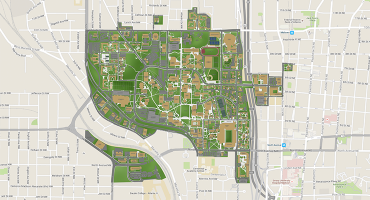September 15 to October 15 is National Hispanic Heritage Month, which celebrates the contributions and influence of Hispanic and Latinx individuals in all aspects of American life – history, culture, and achievements.
The number of Latinx students enrolled in higher education in the U.S. was 3.27 million in 2017 — nearly twice the 1.4 million attending college in 2010.
While those of Spanish (Hispanic) and Latin American (Latinx) origin and descent, along with other underrepresented minorities reported increases in the number of academic positions held since 1999, today’s figures still represent less than 10 percent of all positions held by underrepresented minorities — and that number remains considerably lower than the total share of the U.S. population, according to the National Science Foundation.
This month, we’re asking Hispanic and Latinx faculty in the College of Sciences to share some of their early school day stories, the reasons they chose to study science, and their thoughts on the importance of representation in STEM classes and leadership in higher education.
Where did you grow up, and what was STEM education like for you?
Frances Rivera-Hernández, assistant professor, School of Earth and Atmospheric Sciences:
I grew up in Aguas Buenas, a small mountain town in Puerto Rico. STEM education was limited for me growing up, as my town doesn’t have a university or any science museums. Most of my STEM education came from my science/math teachers — and TV! I watched a lot of science documentaries. I also had very limited exposure to the diversity of science disciplines. It wasn’t until I was able to participate in an Upward Bound Math/Science summer program (part of the federally funded TRIO program) as a rising senior in high school that I met scientists for the first time, and in a college setting. That program changed my life, as it set the course for my future career in science.
Facundo Fernández, Vasser Woolley Foundation Chair in Bioanalytical Chemistry, professor and associate chair for Research, School of Chemistry and Biochemistry:
I grew up in Argentina, and back in the 1970’s, when I was in elementary school, there was little STEM education. We were under a military dictatorship, and the situation overall was very harsh for science and scientists, as many were “disappeared” and never heard of again. I was lucky to have a father who is a physicist, who instilled in me a love for science fiction and anything related to science. I still remember him explaining to me light scattering when I asked why the sky was blue.
Carlos Silva Acuña, professor, School of Physics:
I had a somewhat international upbringing, born in Mexico City where I went to school through second grade in elementary, and then moved to Caracas, Venezuela, where I lived through sixth grade, and then back to Mexico City for the rest of secondary school and high school. Because of this, I studied in international schools both in Venezuela and in Mexico. STEM resources were very good, and that definitely influenced my interest in science. Particularly, my fascination with fundamental science was developed during my high school years, and I always aimed to be a pure scientist.
Did you have any Hispanic mentors or teachers who encouraged you in the sciences?
Rivera-Hernández:
Yes! I had great science and math teachers who always encouraged my interests in science. In particular, my high school physics teacher, Cheo Merced, who taught me how to see the beauty of physics in the world around me. My parents were also very supportive, even though they are not scientists. They encouraged my space obsession, which I’ve had since I was a kid.
Fernández:
My mentors and teachers back in Argentina were incredible, despite the limited resources. Their love for science and education is unparalleled, as they face constant challenges to do what they love. My mentors in the US were not Hispanic, but they still spent an incredible amount of time and resources to help me grow in a fertile environment.
Silva Acuña:
In university and in graduate school I was not exposed to Hispanic mentors, although I was inspired by Mario Molina, who won the Nobel Prize in Chemistry when I was a graduate student. I was inspired though by my Ph.D. supervisor, Paul Barbara, who was an advocate of inclusion in STEM.
What are your thoughts about getting more Hispanic and Latinx students to think about careers in STEM while they’re in grades K-12?
Rivera-Hernández:
The lack of scientist role models that I had growing up is why I decided to be a professor, and why I do a lot of outreach at the K-12 levels. I want to make sure that other people like me can see themselves in the planetary science/geoscience field, and as scientists.
Fernández:
We need to intensify science outreach in schools at a very early stage and explain to kids that being a scientist is a wonderful career that is reachable.
Silva Acuña:
I am excited for my role as Associate Director for Diversity, Equity and Inclusion in Georgia Tech’s new National Science Foundation Science and Technology Center, the Center for Integration of Modern Optoelectronic Materials on Demand. I will be particularly interested in recruiting Hispanic students, and am active in collaboration with Mexican institutions (CINVESTAV and UNAM) for that purpose.
What, in your opinion, could help boost the number of Hispanic and Latinx researchers and faculty in higher education?
Fernández:
I think the issues are mostly socioeconomic. Many (but not all) Hispanic students face challenges that other students don’t, so they have to make a living and support themselves faster. I, for example, had to work through graduate school to pay bills, which made it quite difficult.
Silva Acuña:
More networking with Hispanic communities. Hispanic faculty like myself need to be proactive in reaching out to those communities to expose STEM careers to students and to the broader community. I recruit many Hispanic students to my group, and I encourage my peers to seek opportunities to do so.
Any Georgia Tech-related programs encouraging Hispanic and Latinx representation among students and faculty that you want to mention?
Fernández:
The LOGRAS (Latino Organization for Graduate Students) group at Georgia Tech is one that is close to my heart.
Silva Acuña:
On Sept. 7th, there was a very large Chemistry Twitter Poster Conference sponsored by LatinXChem. I am an organizer for their physical chemistry division. There are approximately 1,300 poster registrations from all over the world.
(Editor’s Note: LatinXChem is a virtual forum through which the community of Latin American chemists, located anywhere in the world, can share and discuss their research results and advances. Their Twitter account is @LatinXChem.)
Related Reading
The School of Chemistry and Biochemistry at Georgia Tech is now an official member of the American Chemical Society’s Bridge Program, which aims to boost the number of underrepresented minority M.S. and Ph.D. students in the discipline. Learn more about that program here.
Get involved with the College of Sciences Racial Equity Taskforce, Faculty Diversity Council, Graduate Student Diversity Council, and campus organizations for math and science students; join the Georgia Tech 2021 Hispanic Heritage Month celebration; and read more community stories on heritage and representation here, here, here, here, here, and here.
Office of Hispanic Initiatives Celebrates 2021 Hispanic Heritage Month
Georgia Tech's Office of Hispanic Initiatives will sponsor and co-sponsor a host of virtual and in-person events open to faculty, staff, and students in celebration of 2021 Hispanic Heritage Month. Learn more about get involved.
For More Information Contact
Renay San Miguel
Communications Officer II/Science Writer
College of Sciences
404-894-5209

